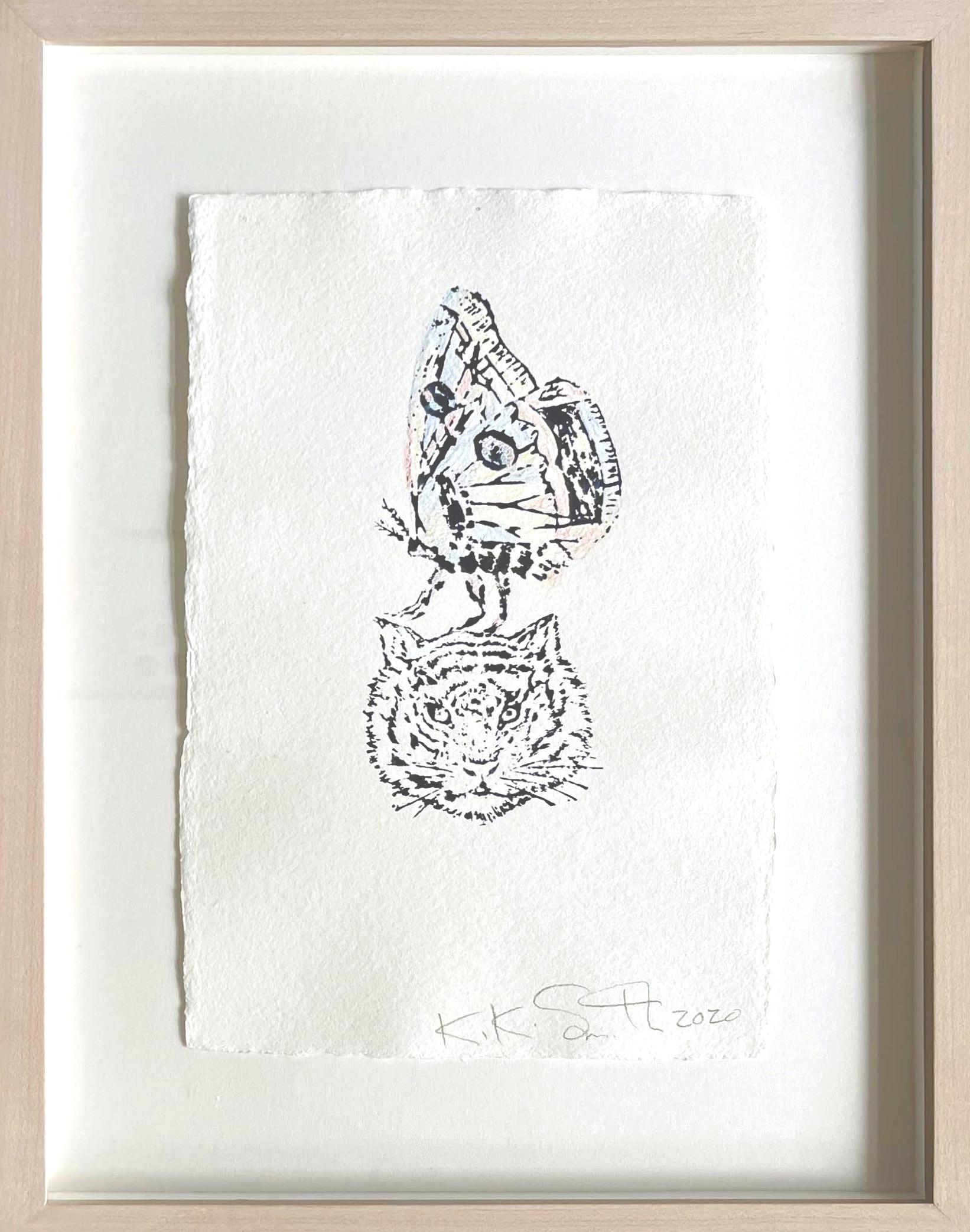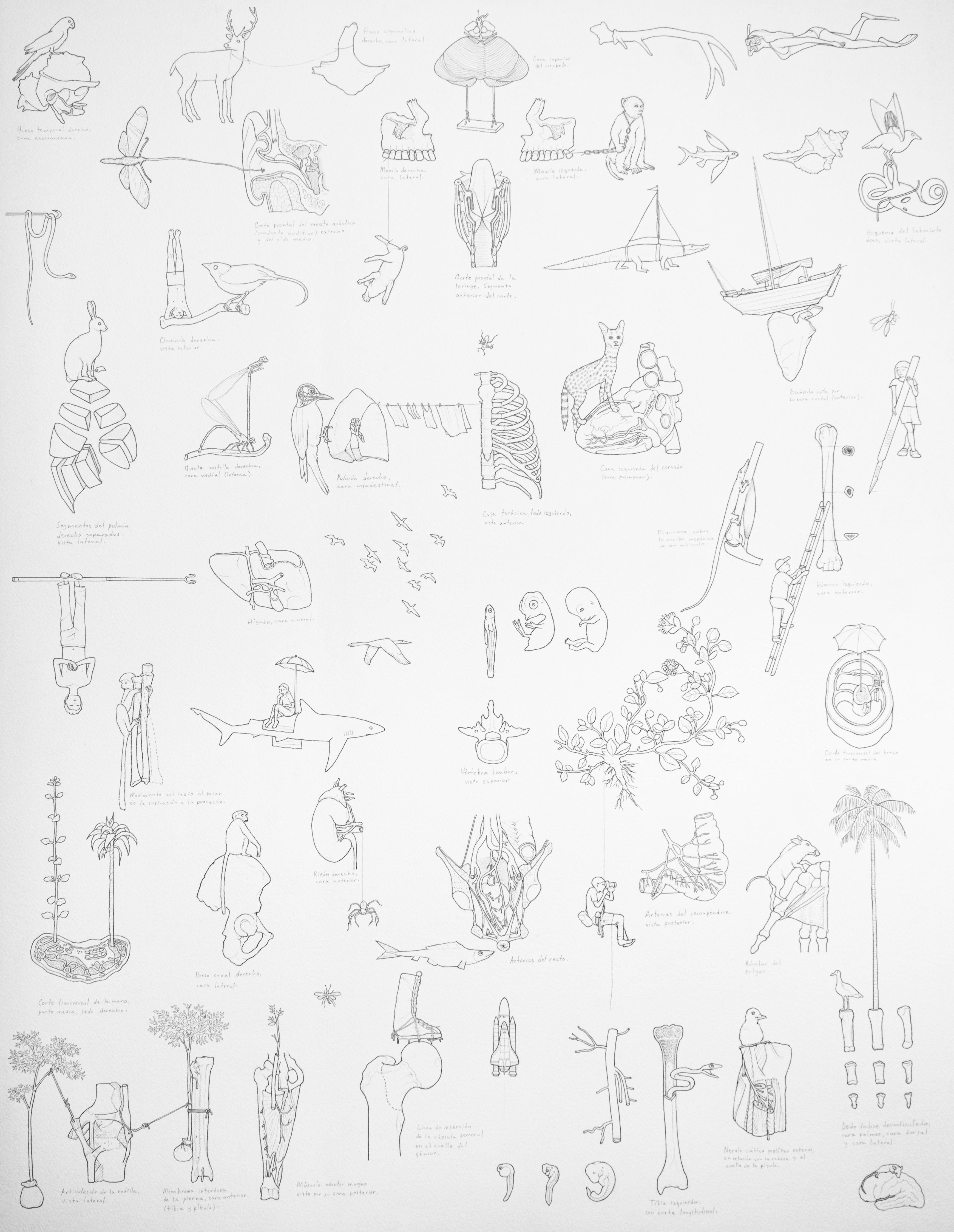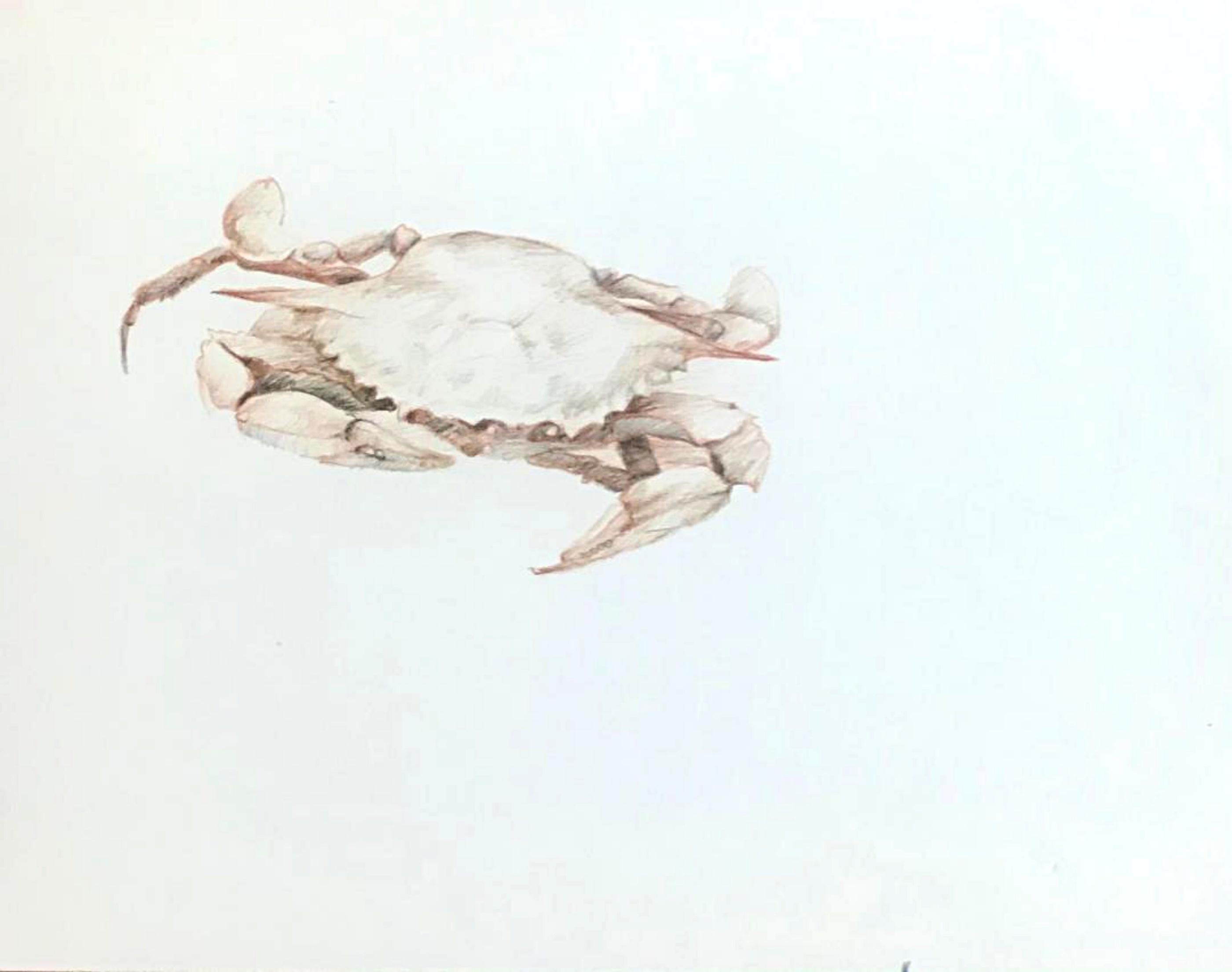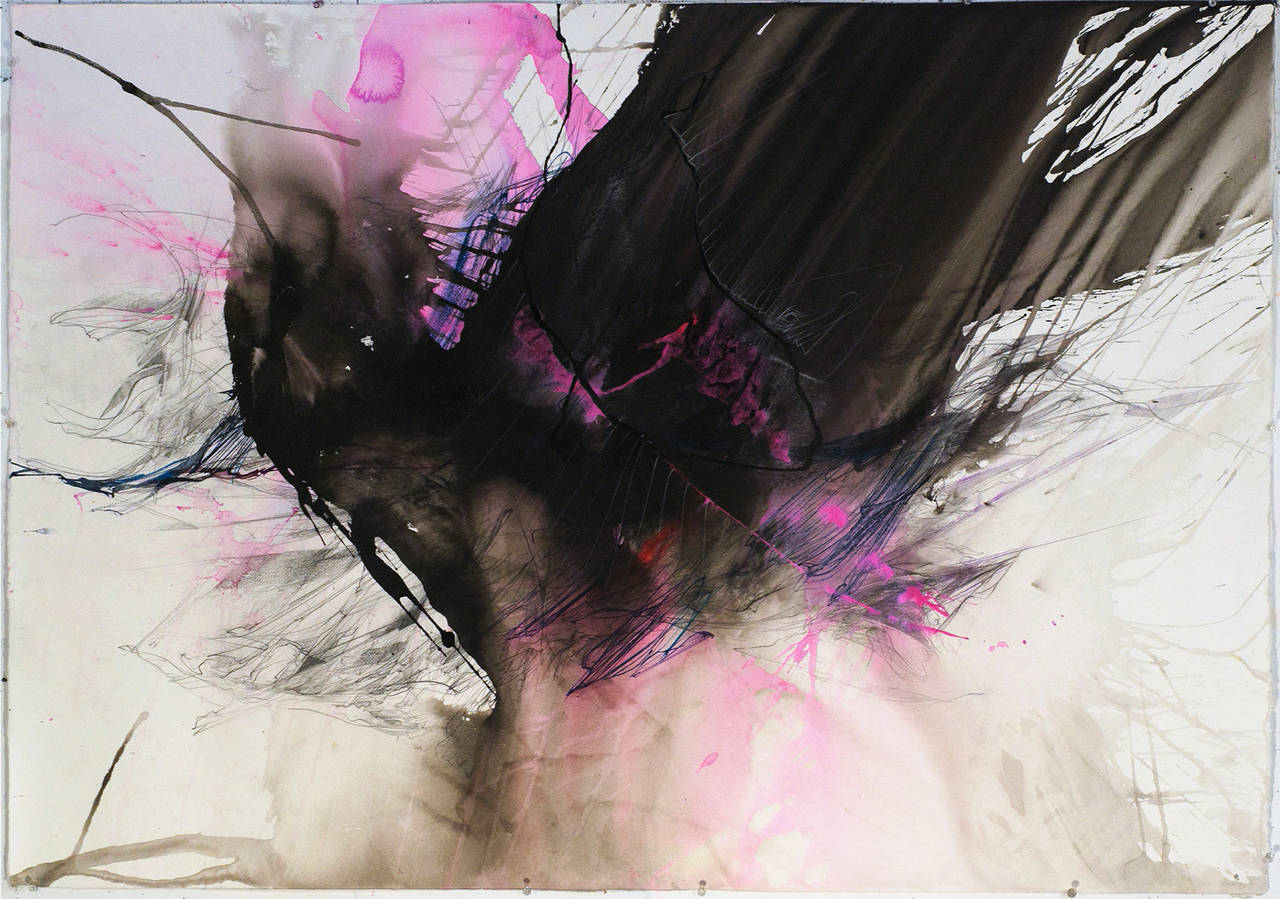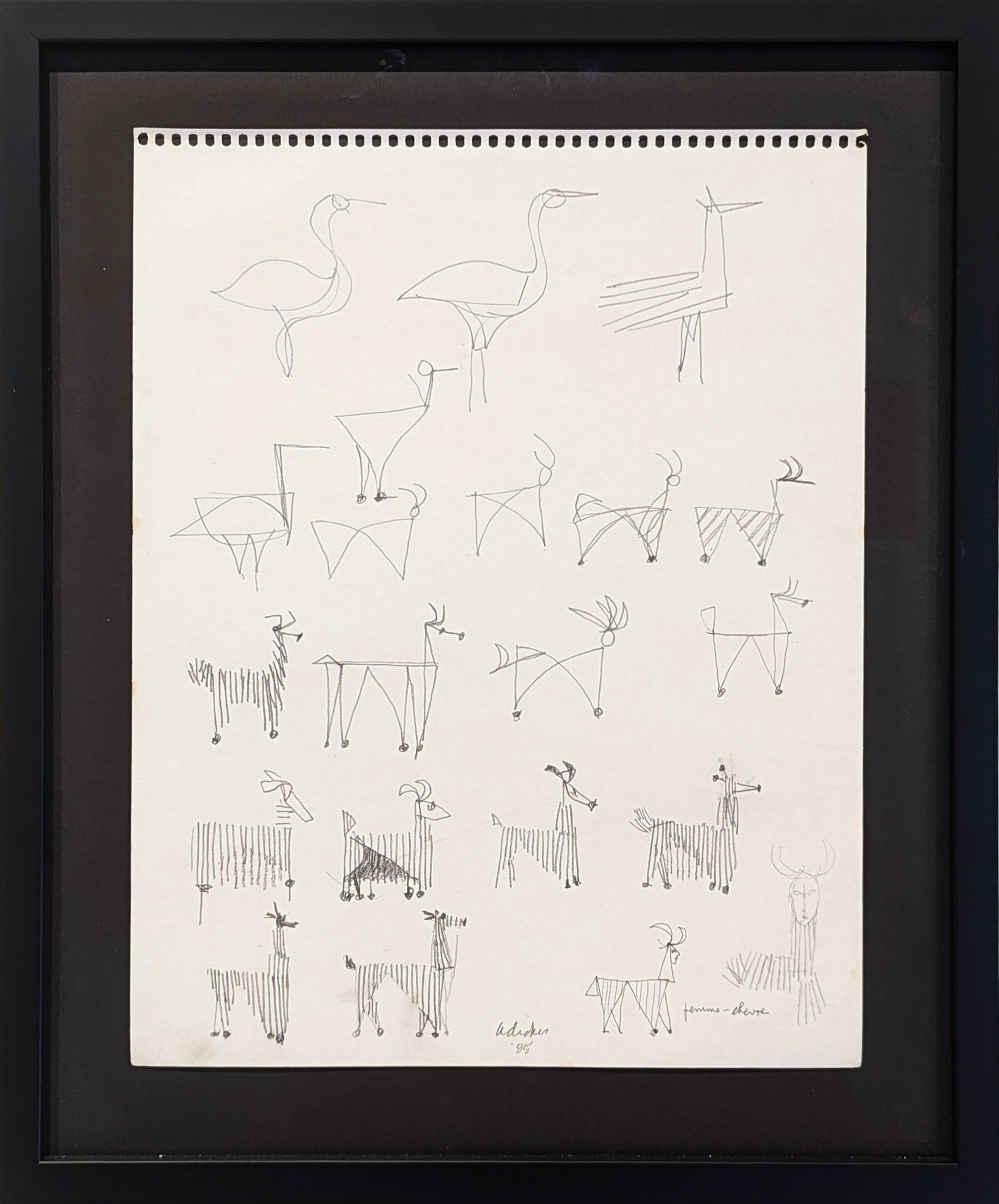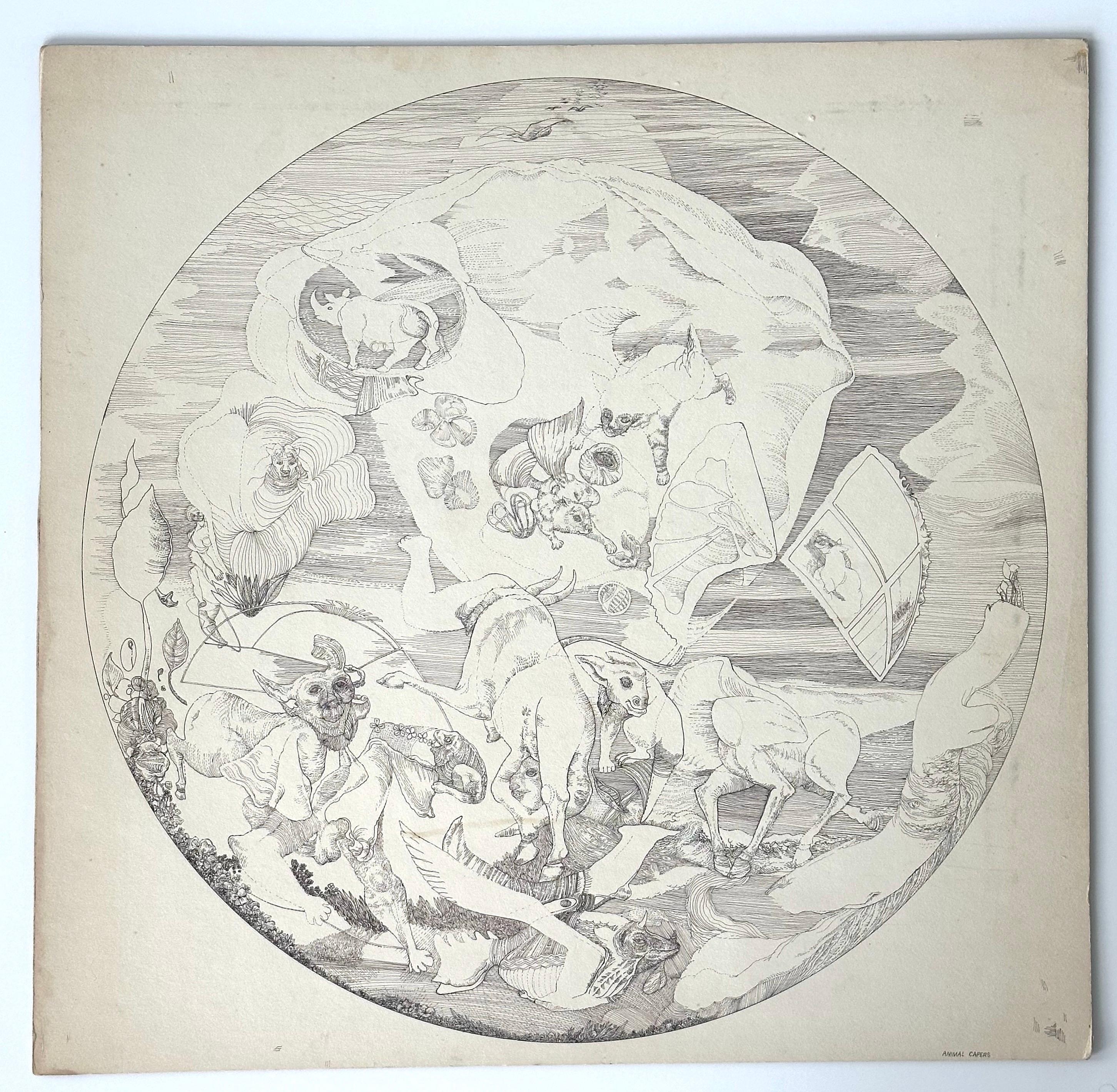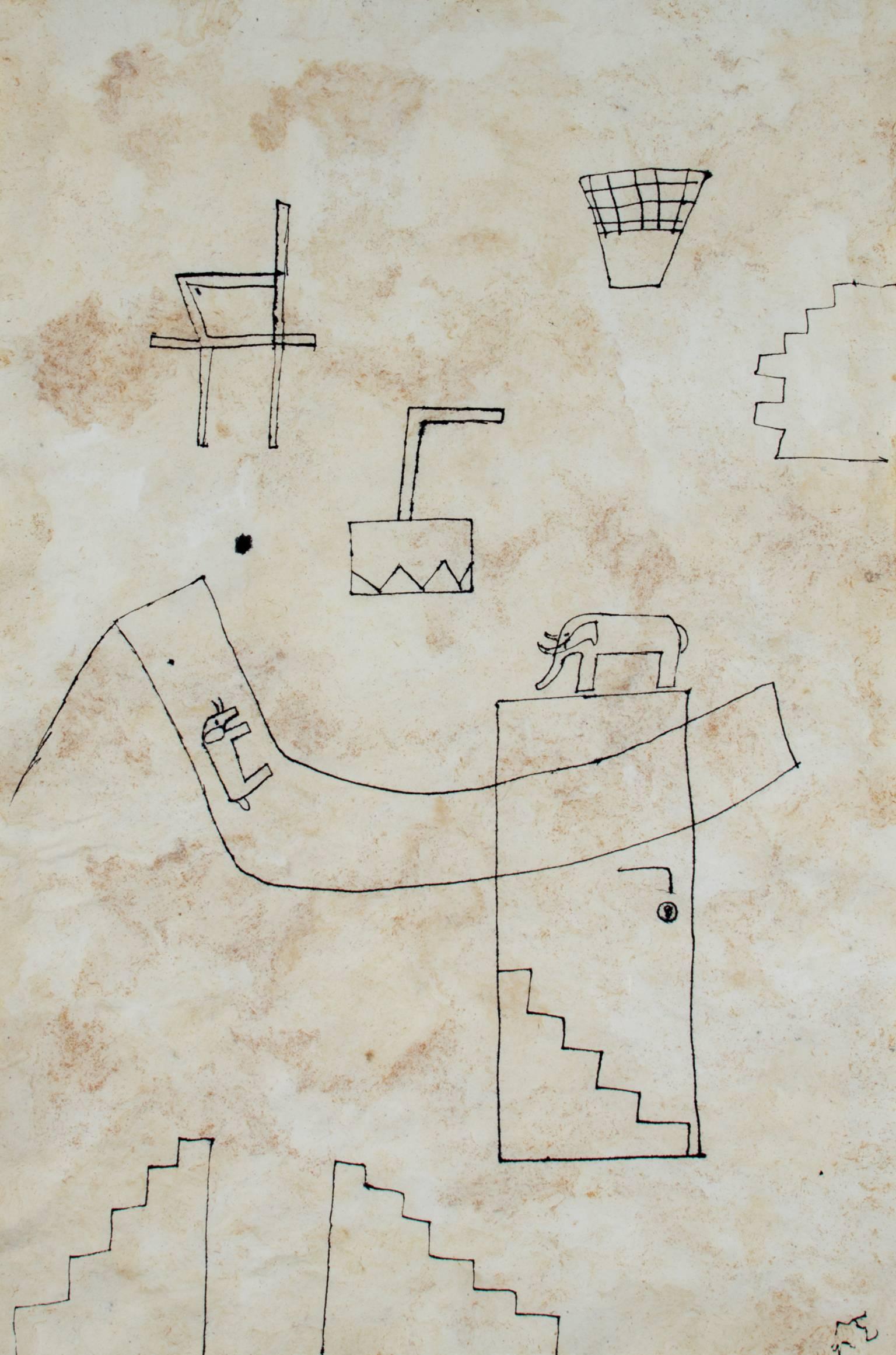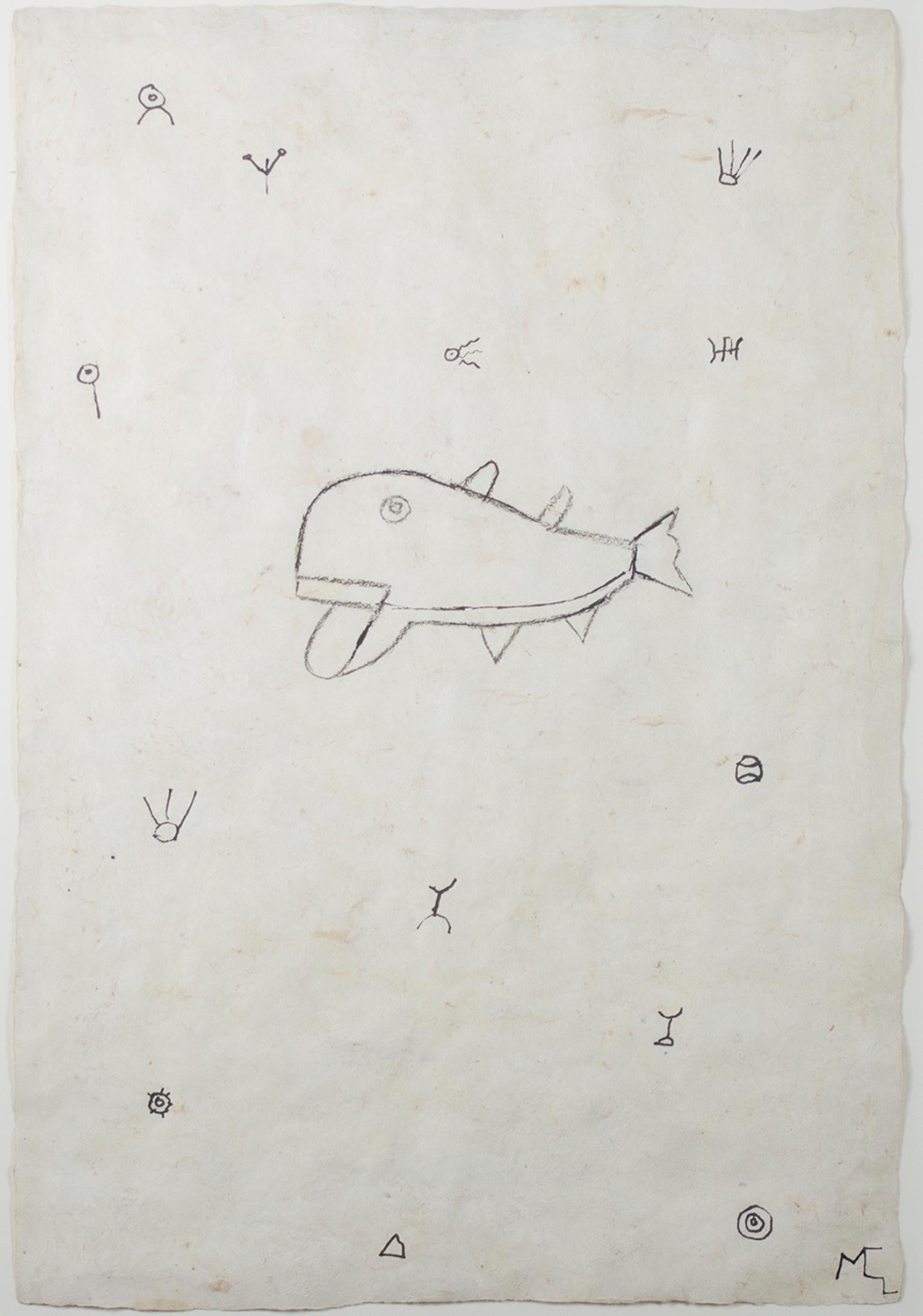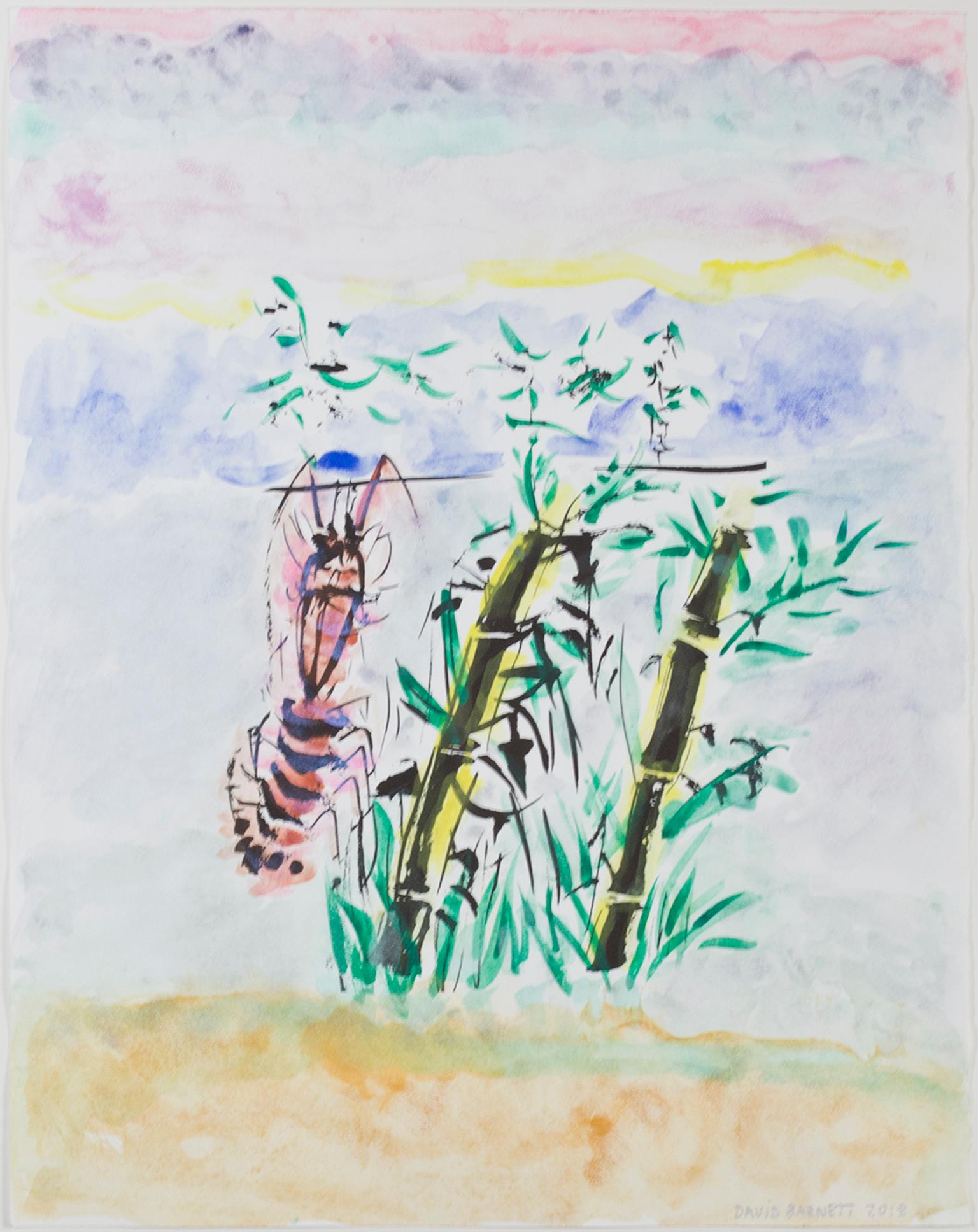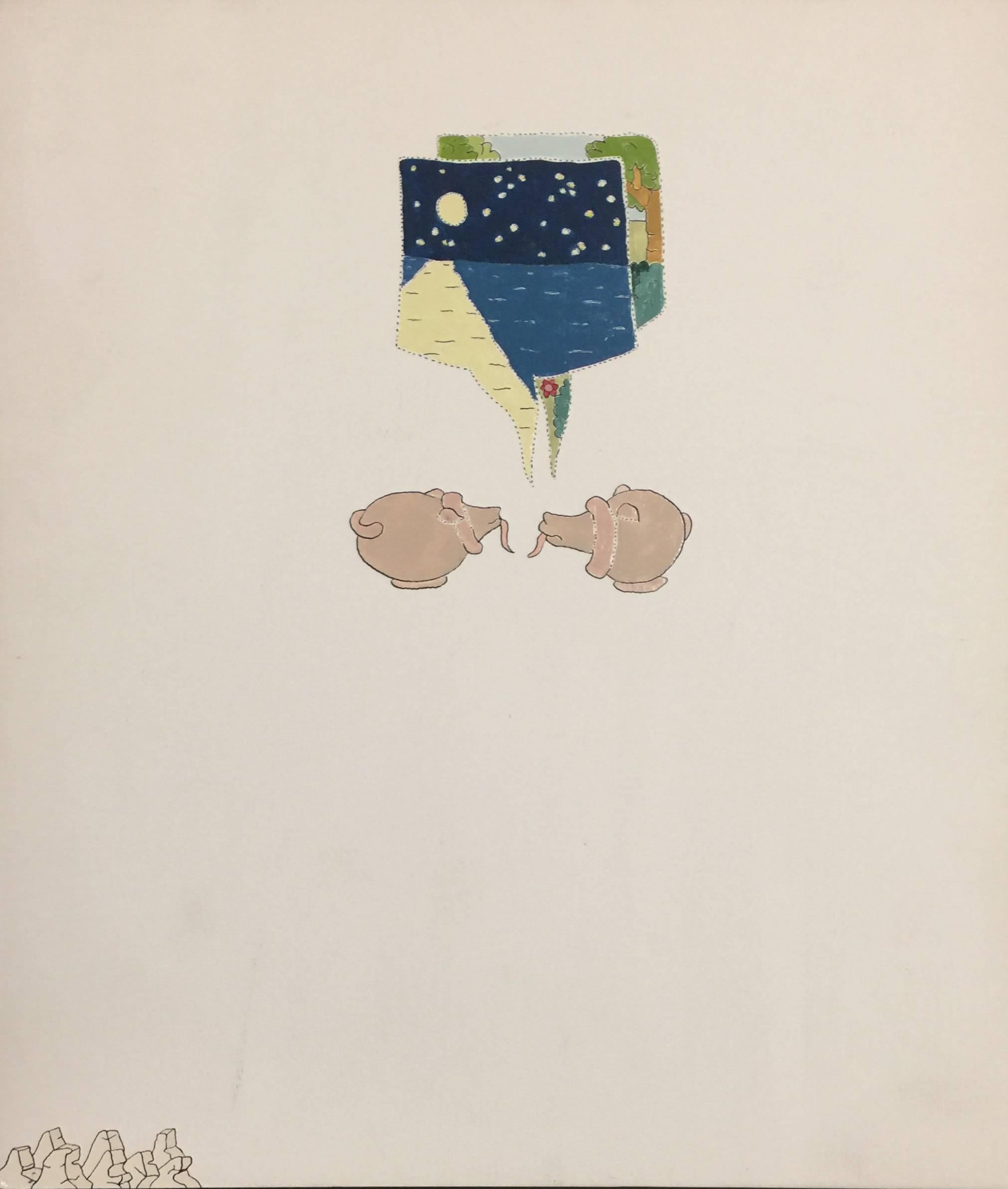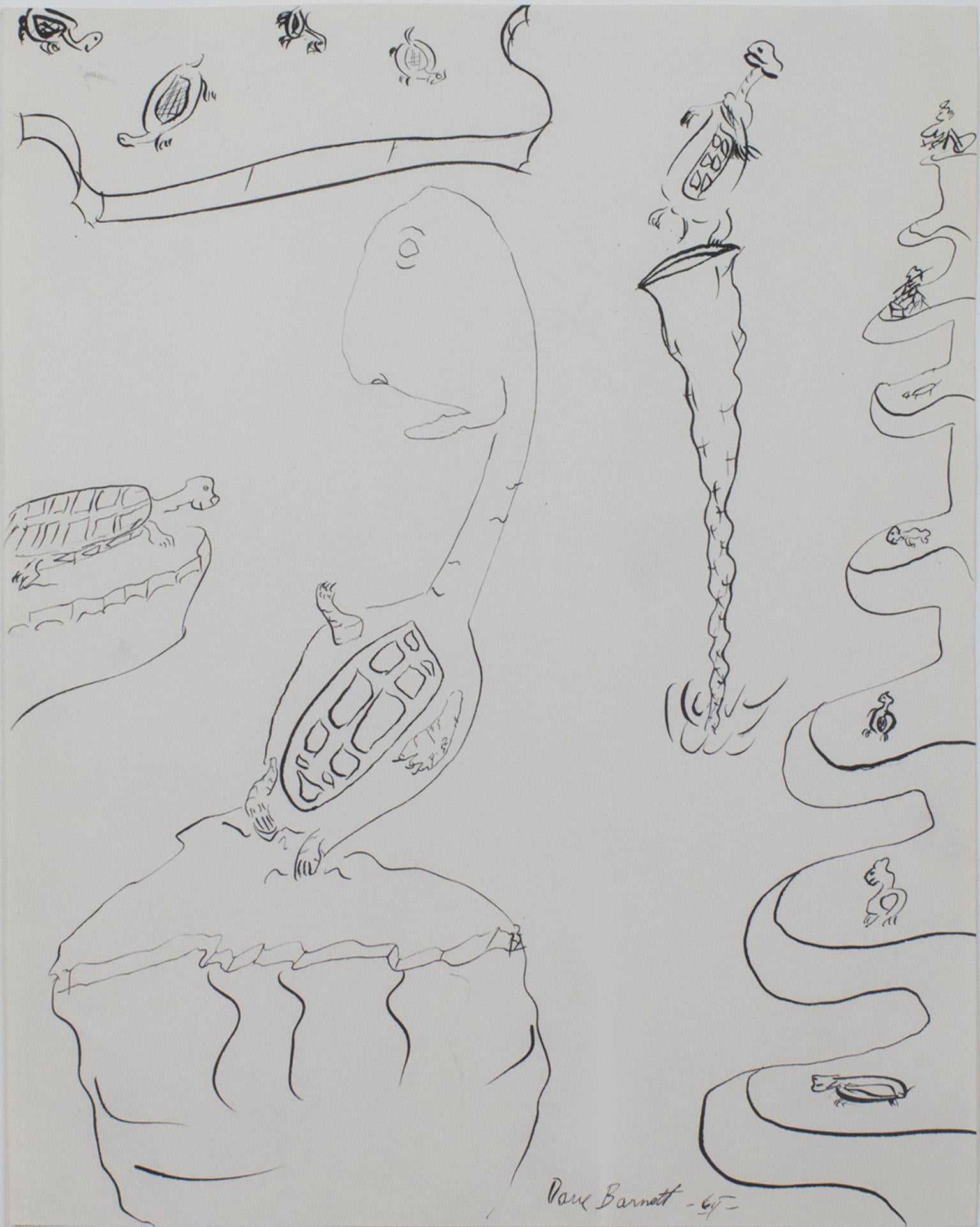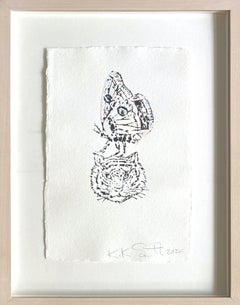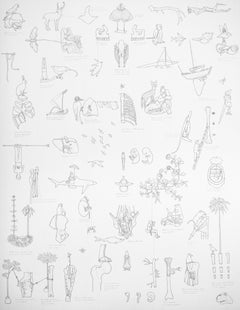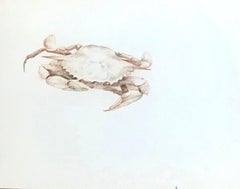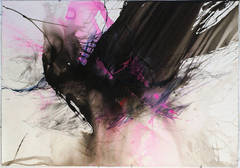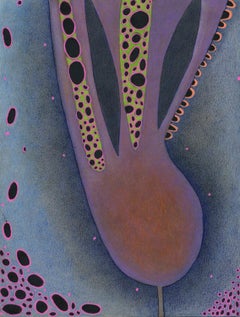
Pink and blue organic biomorphic drawing by Denise Sfraga - Brooding 2
View Similar Items
1 of 4
Denise SfragaPink and blue organic biomorphic drawing by Denise Sfraga - Brooding 22021
2021
About the Item
- Creator:Denise Sfraga (American)
- Creation Year:2021
- Dimensions:Height: 8 in (20.32 cm)Width: 6 in (15.24 cm)
- Medium:
- Movement & Style:
- Period:
- Condition:
- Gallery Location:Brooklyn, NY
- Reference Number:1stDibs: LU159128641262
Authenticity Guarantee
In the unlikely event there’s an issue with an item’s authenticity, contact us within 1 year for a full refund. DetailsMoney-Back Guarantee
If your item is not as described, is damaged in transit, or does not arrive, contact us within 7 days for a full refund. Details24-Hour Cancellation
You have a 24-hour grace period in which to reconsider your purchase, with no questions asked.Vetted Professional Sellers
Our world-class sellers must adhere to strict standards for service and quality, maintaining the integrity of our listings.Price-Match Guarantee
If you find that a seller listed the same item for a lower price elsewhere, we’ll match it.Trusted Global Delivery
Our best-in-class carrier network provides specialized shipping options worldwide, including custom delivery.You May Also Like
Tiger Moth
By Kiki Smith
Located in New York, NY
Kiki Smith
Tiger Moth, 2020
Ink and colored pencil on Twin Rocker hand made paper with deckled edges
Pencil signed and dated by Kiki Smith on the front
Fram...
Category
2010s Contemporary Animal Drawings and Watercolors
Materials
Ink, Color Pencil, Handmade Paper
Sistema Exobioletal (Exobiolethal System)
By Humberto Ramirez
Located in Bozeman, MT
This is a framed original drawing. Humberto Ramirez was born in Guadalajara, México, 1982. Lives and works in Guadalajara. His recent work explores human behavior from primitive perspective...
Category
21st Century and Contemporary Contemporary Abstract Drawings and Waterco...
Materials
Archival Paper, Graphite
Crab (with traveling Museum Exhibition documentation)
By Tony Oursler
Located in New York, NY
Tony Oursler
Crab (With Museum Exhibition Labels), 1972
Colored pencil on paper
Bears what appears to be the artists signature (or original notation)...
Category
1970s Contemporary Animal Drawings and Watercolors
Materials
Color Pencil
SWAN IN LOVE (TEOREMA 50)
By Christina McPhee
Located in New York, NY
SWAN IN LOVE (TEOREMA 50), 2012
ink, watercolor, airbrush paint, graphite on paper
37.5 x 52 inches / 952 x 1320 mm
unframed
Christina McPhee’s expansive abstract paintings, drawings, photographs, and videos test or query how can we know, and who is we? Moving from within a matrix of measurement, observation and contingent effects, her work resists characterization as product, and continually accesses fields outside itself. For her, process equals trial. Her work emulates potential forms of life, in various systems and territories, from a perspective of the non-self– a world beyond identity.
McPhee’s dynamic, performative, physical engagement with materials, in both her analogue and digital works, is a seduction into surface-skidding calligraphic gestures and mark-making. The tactics of living are in subterfuge, like the ‘dazzle ships...
Category
21st Century and Contemporary Contemporary Abstract Drawings and Waterco...
Materials
Archival Ink, Archival Paper
Framed Early Modern Black & White Abstract Drawing Studies of Animals and Birds
Located in Houston, TX
Early modern black and white sketch by iconic Houston based artist David Adickes. Pulled from a collection of previously undiscovered sketchbooks, this work serves as a peak behind t...
Category
1980s Modern Animal Drawings and Watercolors
Materials
Paper, Ink, Pencil
Animal Capers (Black Surrealist Artist)
By Roland Ayers
Located in Wilton Manors, FL
Surrealist proto-Afropunk drawing by African-American artist, Roland Ayers (1932-2014).
Animal Capers, ca. 1970 .
Ink on illustration board, image measures 20 inches. inches; illustration panel measures 21.5 inches. Unsigned.
Minor staining evident in detail photos
Artist and art educator, Roland Ayers was born on July 2, 1932, the only child of Alice and Lorenzo Ayers, and grew up in the Germantown district of Philadelphia. Ayers served in the US Army (stationed in Germany) before studying at the Philadelphia College of Art (currently University of the Arts). He graduated with a BFA in Art Education, 1954. He traveled Europe 1966-67, spending time in Amsterdam and Greece in particular. During this period, he drifted away from painting to focus on linear figurative drawings of a surreal nature. His return home inaugurated the artist’s most prolific and inspired period (1968-1975). Shorty before his second major trip abroad in 1971-72 to West Africa, Ayers began to focus on African themes, and African American figures populated his work almost exclusively.
In spite of Ayers’ travel and exploration of the world, he gravitated back to his beloved Germantown, a place he endowed with mythological qualities in his work and literature. His auto-biographical writing focuses on the importance of place during his childhood. Ayers’ journals meticulously document the ethnic and cultural make-up of Germantown, and tell a compelling story of class marginalization that brought together poor families despite racial differences. The distinctive look and design of Germantown inform Ayers’ visual vocabulary. It is a setting with distinctive Gothic Revival architecture and haunting natural beauty. These characteristics are translated and recur in the artist’s imagery.
During his childhood, one of the only books in the Ayers household was an illustrated Bible. The images within had a profound effect on the themes and subjects that would appear in his adult work. Figures in an Ayers’ drawing often seem trapped in a narrative of loss and redemption. Powerful women loom large in the drawings: they suggest the female role models his journals record in early life. The drawings can sometimes convey a strong sense of conflict, and at other times, harmony. Nature and architecture seem to have an antagonistic relationship that is, ironically, symbiotic.
A critical turning point in the artist’s career came in 1971 when he was included in the extremely controversial Whitney Museum show, Contemporary Black Artists in America. The exhibition gave Ayers an international audience and served as a calling card for introductions he would soon make in Europe.
Ayers is a particularly compelling figure in a period when black artists struggled with the idea of authenticity. A questioned often asked was “Is your work too black, or not black enough?” Abstractionists were considered by some peers to be sell-outs, frauds or worse. Figurative* work was accused of being either sentimental or politically radical depending on the critical source. Ayers made the choice early on to be a figurative artist, but considered his work devoid of political content.
Organizations such as Chicago’ s Afri-Cobra in the late 1960‘s asserted that the only true black art of any relevance must depict the black man and woman...
Category
1970s Surrealist Abstract Drawings and Watercolors
Materials
Ink, Archival Paper
